Why do we only use natural diamonds at Carbal?
At Carbal we use natural diamonds instead of synthetic diamonds for three fundamental reasons:
-
sustainable manufacturing
-
ethical manufacturing
-
investment asset
What is behind the value of a natural diamond?
Natural diamonds are formed under high pressure deep in the earth's mantle. But this pressure on carbon can also be created artificially in a laboratory, giving rise to synthetic diamonds. Although they may seem the same, there are differences beyond their characteristics, and today we will tell you what they are.
Diamonds are created from pure carbon within the molten rock of the Earth's mantle. This exceptional process of nature lasts billions of years . That is why obtaining a natural diamond is related to authenticity, uniqueness and therefore it is the most appreciated gemstone in fine jewelry.
On the other hand, currently we have the possibility of purchasing synthetic or laboratory diamonds . Instead of being created by geological and natural processes, in this case they are created by technological processes, in which different artificial techniques come into play, stripping the piece of any implicit additional value.
Why at Carbal do we only use natural diamonds?
Throughout our 100 years of experience, we have seen clients from all over the world dream of the precious jewel. The value of the authentic, and the truly fascinating that nature has given us over the centuries gives them an importance that something created synthetically by the hand of man will never be able to achieve.
But, in addition to the sentimental value, at Carbal we only work with natural diamonds, which are the creation of jewelry in a sustainable and ethical way and the financial value that will always be higher than that of synthetic diamonds.
We tell you in detail:
- Sustainable manufacturing:
Although one of the most used sales arguments to date for synthetic diamonds is their sustainable manufacturing process, in the report The Social and Environmental Impact of Large-Scale Mining , prepared for the DPA Association by the consultancy specialized in the environment Trucost, the B side of the artificial diamond industry is shown.
Just to give us an idea: the mining activity to obtain natural diamonds generates about 160 kilograms of C02 while, to obtain the same stone, a laboratory would be emitting more than 500 kilos of this greenhouse gas, which is almost a third more polluting emissions.
To produce a synthetic carat , the same energy that a home would use for a month is needed.

- Ethical manufacturing:
A myth closely linked to the natural diamond industry is the supposed “unregulated” market. However, we must know that there are countless laws promoted by both the originating countries and the destination countries, as well as constant inspections in the mines, which ensure that all work complies with current regulations. In economic terms, natural diamonds benefit the countries where they originate and are the main livelihood of 10 million people around the world. Furthermore, up to 80% of the value of rough diamonds remains in local communities.
The increase in the supply of synthetic diamonds offers increasingly lower prices. This is a fact that worries both NGOs and African countries that are the main producers of natural diamonds, since obtaining this precious stone is currently the means of subsistence of thousands of families.
- Investment asset:
While natural diamond prices have also fluctuated, over the past 35 years, on average, they have increased 3% annually. However, we cannot say the same for synthetic diamonds, as from 2016 to 2023, the average price of a 1.5-carat lab-created diamond has decreased by more than 74%.

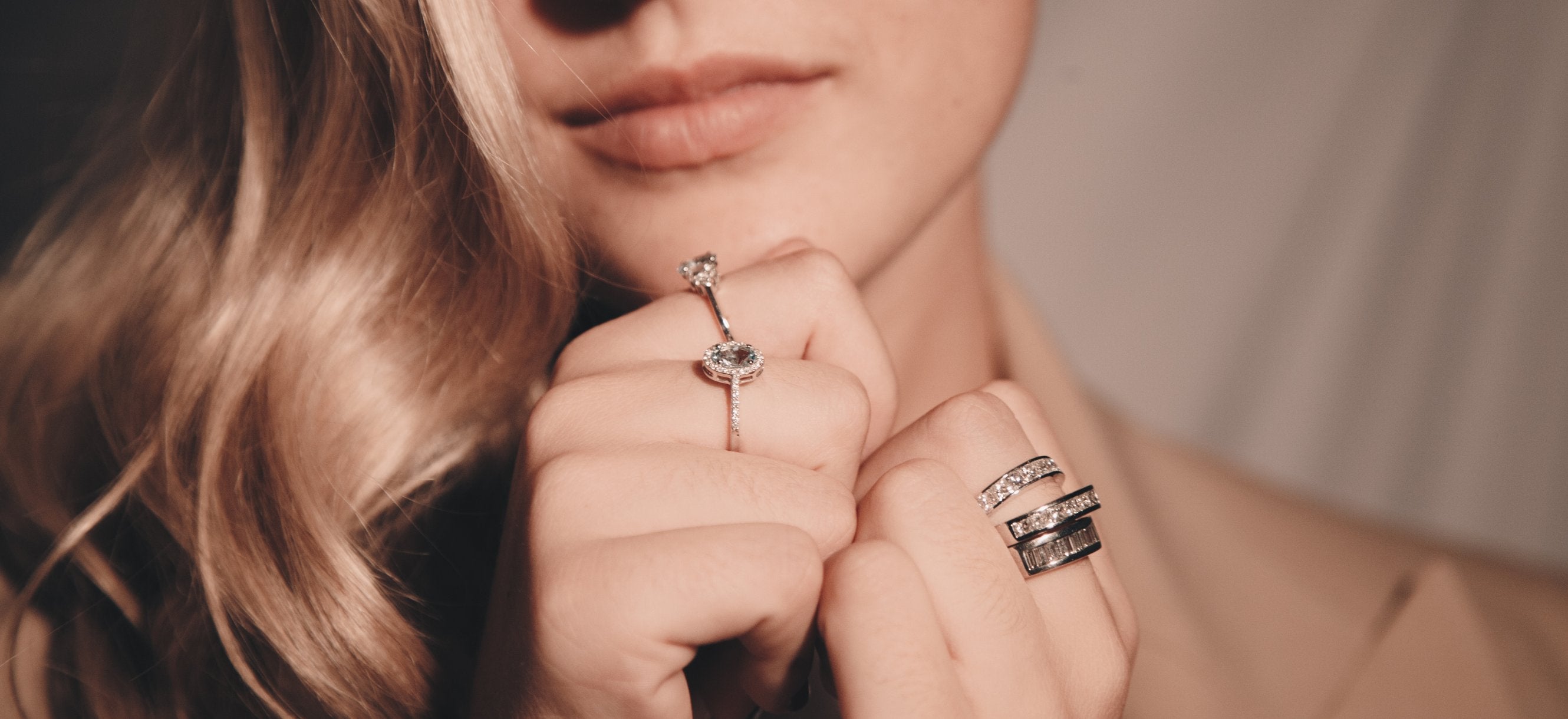
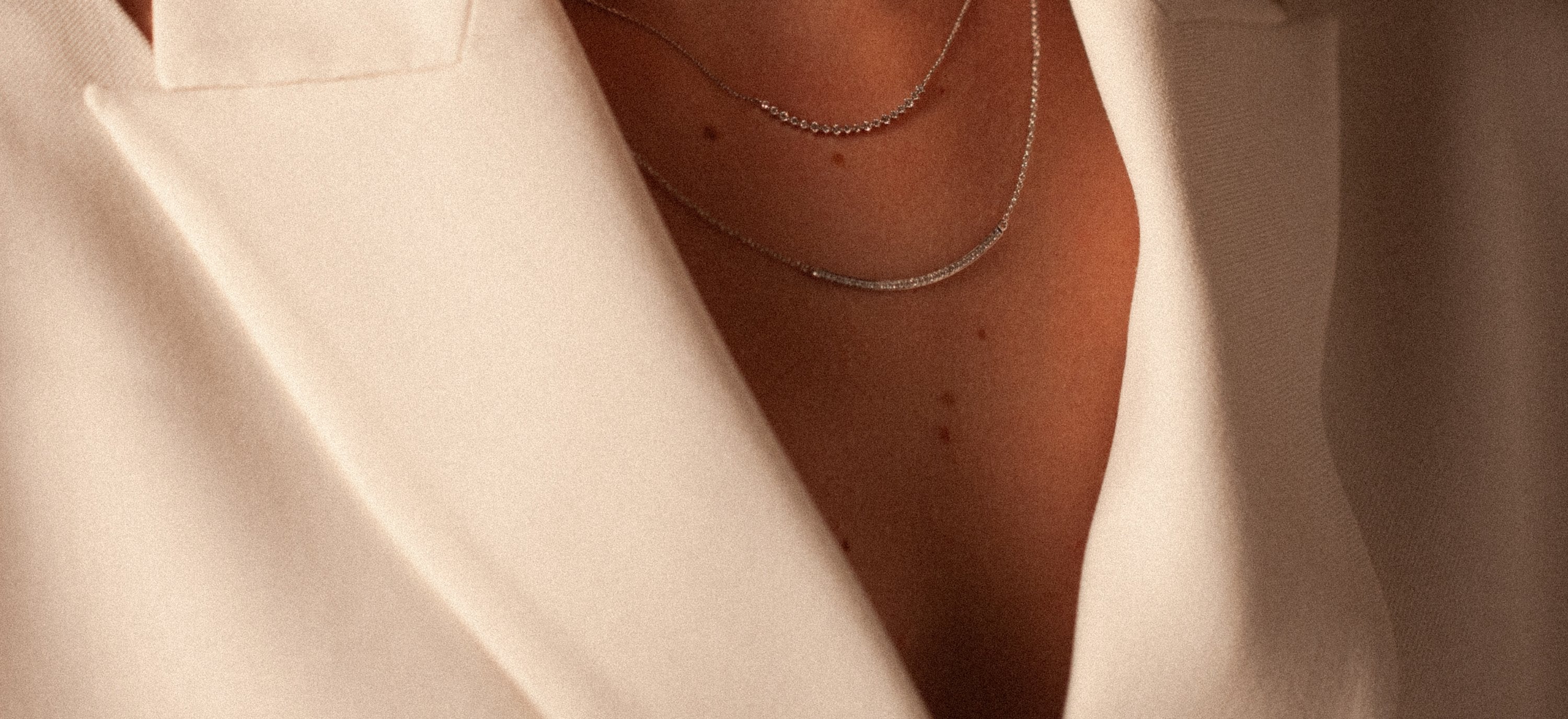
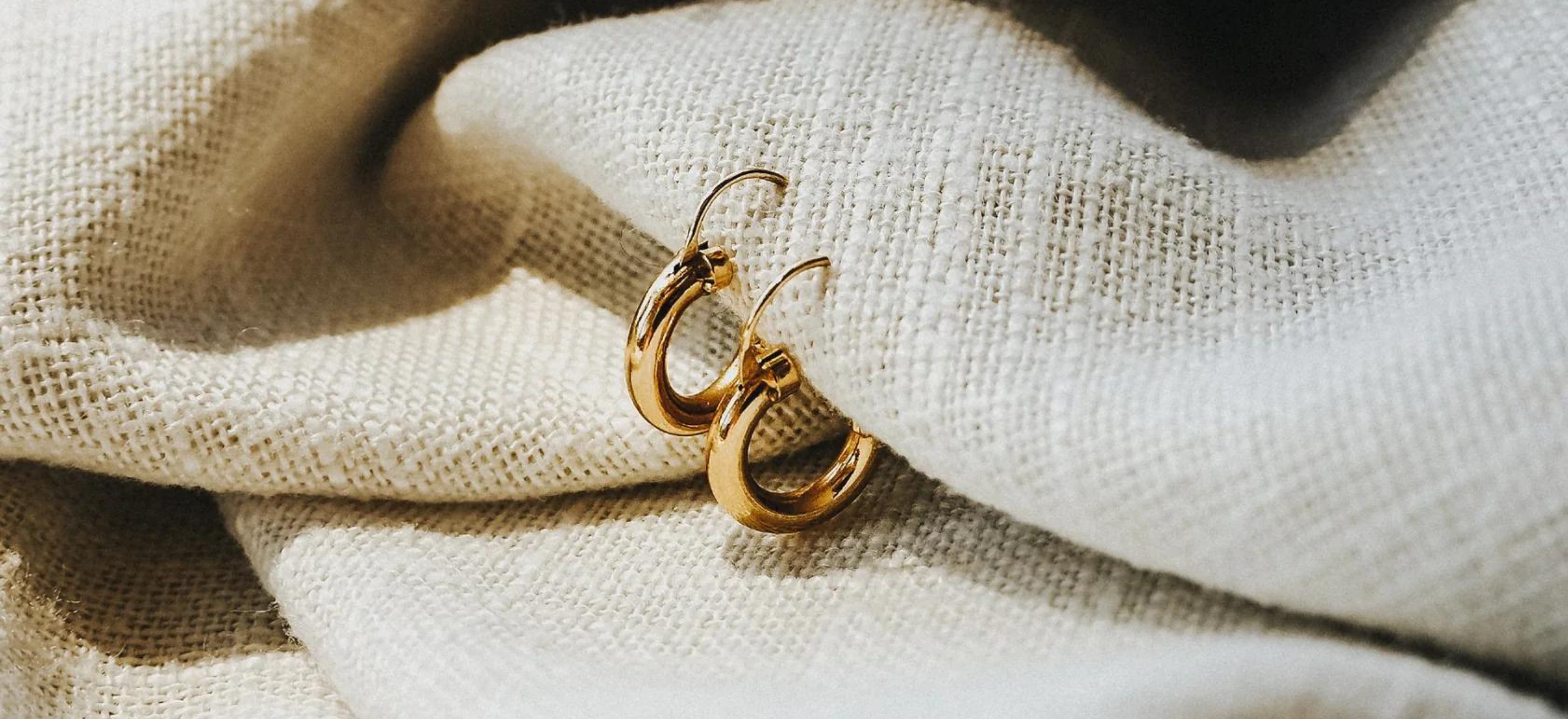
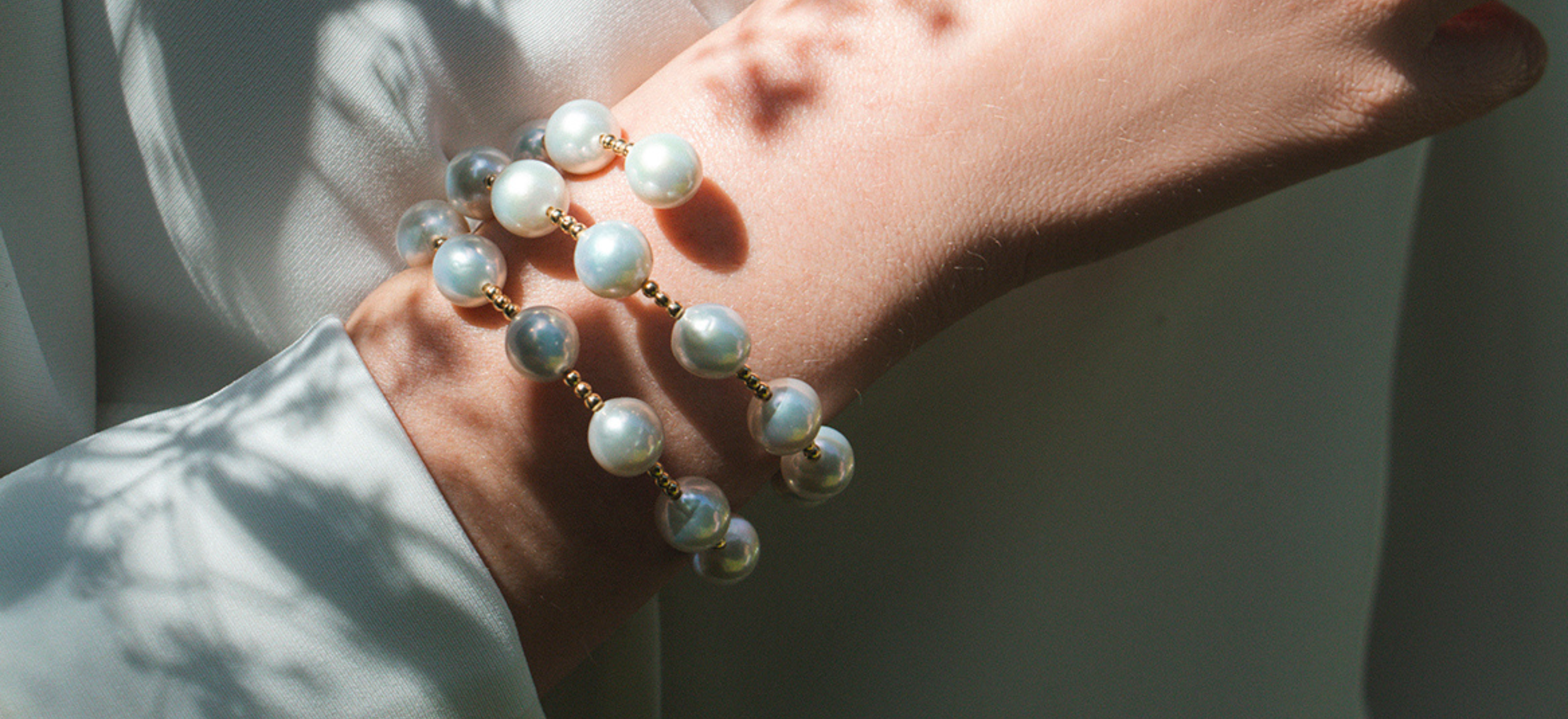
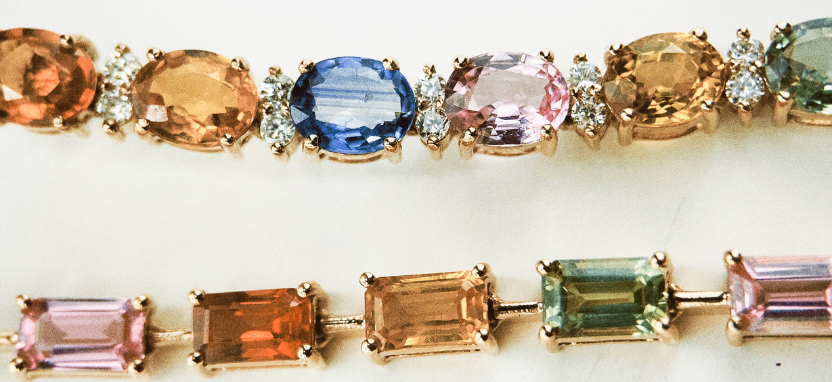



















Leave a comment